8 Tips to embracing taking a deep breath
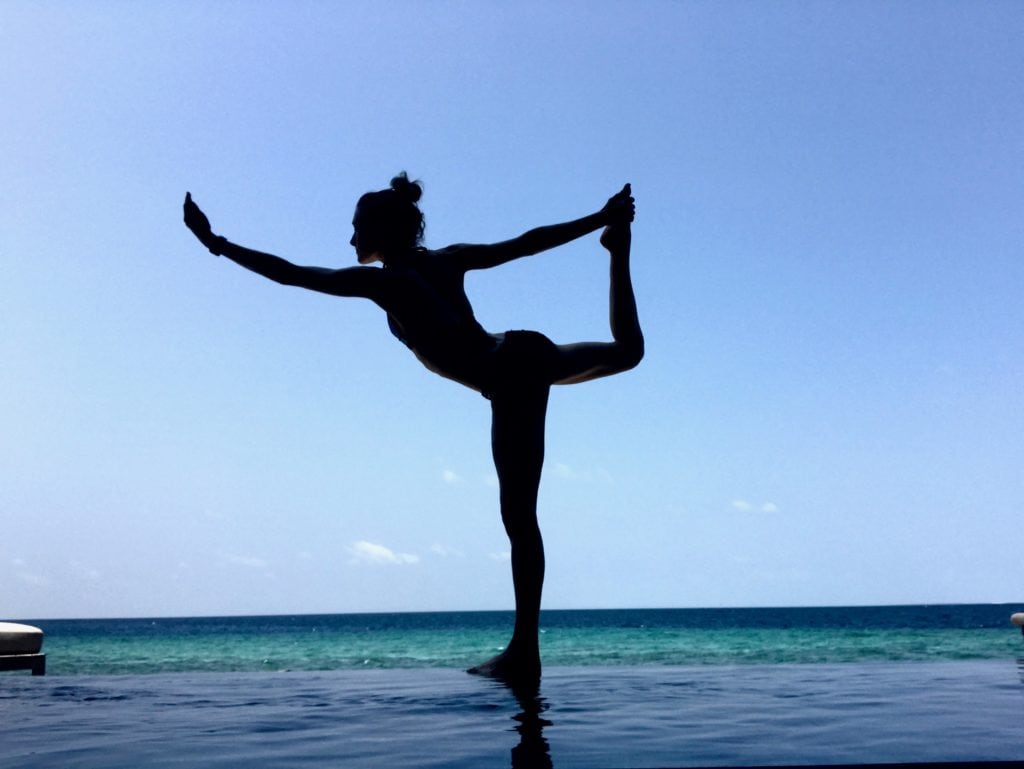
I’m a first born and my parents named me Amelia. In Latin, Amelia means “industrious”. Basically, this means that a synonym for my name could be Type-A. I’m only now realizing how appropriate that is given the first letter of my name. All of this to say, I feel like my constant need to be productive and setting goals and difficulty JUST RELAXING was kind of inevitable.
For the most part I’ve accepted and embraced that. But accepting my personality trait also means recognizing that all that high-energy and drive is also accompanied with stress and little down time. As I get older, I’m working on ways to help balance my tendency to constantly be moving and productive.
For a long time I wanted to be into yoga, but I wasn’t. I kind of hated it. I liked the idea of yoga, but once I was on the mat I counted down the minutes until it was done. For one thing, flexibility isn’t my forte and I can be a perfectionist. It’s not super fun doing things I’m not good at. On top of that, slowing down even a little gave my mind the opportunity to think of ALLLL the other things I needed to be doing and could be accomplishing if I wasn’t doing yoga.
If any of this sound familiar, this post is for you! Eventually (miraculously), I evolved to the point where I truly do love and crave yoga. It was a VERY gradual process, but these are the little steps I’ve taken along the way to make yoga more enjoyable for me. I hope it has the same effect for you. Namaste!
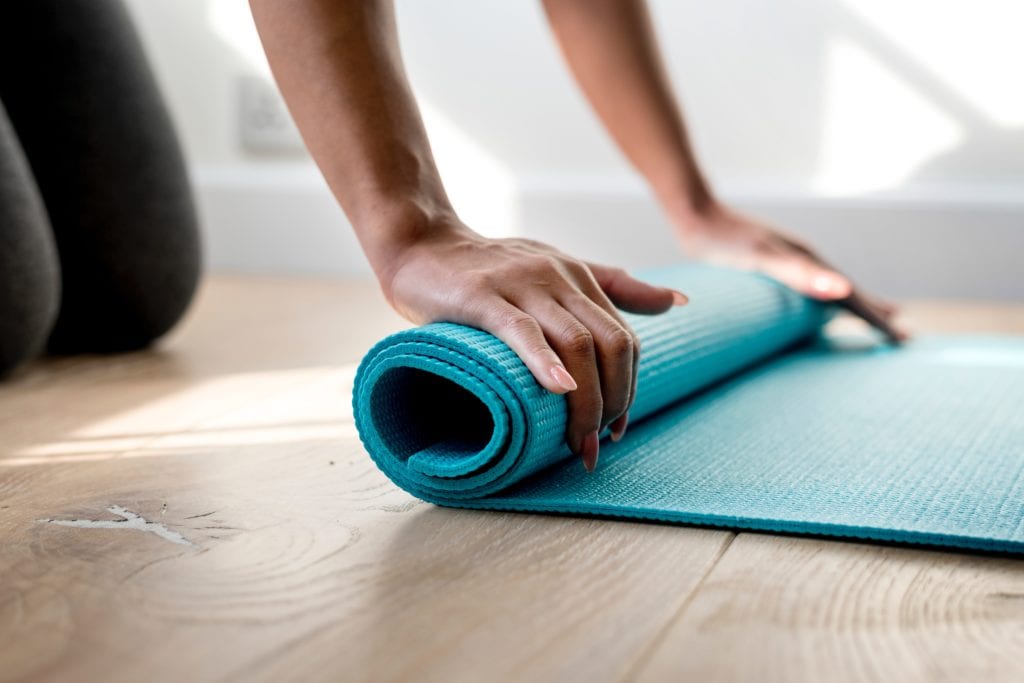
1. Make yoga a daily habit for at least 30 days
This is a nice place to start for you Type-A wannabe yogis out there because I’m letting you put something on your to-do list. Every day. I set this goal for myself when I decided I wanted to really give yoga a try. It wasn’t going to happen if I didn’t commit to it. But once I had it on my to-do list, I couldn’t ignore it.
To make it easier, I signed up for one of the free 30 Days of Yoga programs on YouTube. Yoga with Adriene is my top recommendation for someone new to yoga. She has a very laid back approach with clear instructions. She also has multiple “30 Days of Yoga” programs that are all free. Most of the programs have videos that are only 10-30 minutes which makes 30 days straight of yoga way more do-able (more on that below).
It’s okay (and totally normal) if you don’t really enjoy the first few days. You may not even love the whole month. But at the end of the 30 days, you will notice an improvement in your flexibility and practice. There’s a chance that after 30 days, you’ll feel like continuing on to Day 31.
Are you going to turn into a yoga die hard at the end of 30 days? Probably not. Otherwise this list would stop here and you’d be good to go. But it’s helpful in forming a habit and a good way to start experimenting with yoga.
To give you even more of a jump start, I’m linking directly to the 30 Days of Yoga programs that Yoga with Adriene offers Now you have no excuse.
2. Let go of the idea of perfectionism
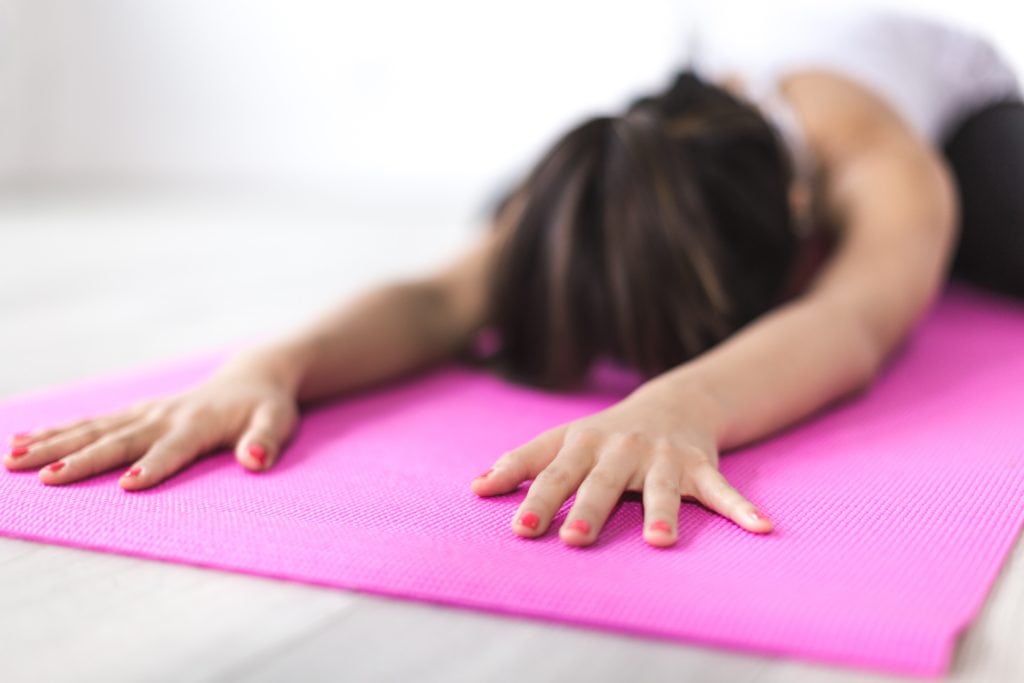
This is easier said than done, but it’s key to understanding and embracing yoga. Yoga is about accepting where you body is at every time you step on the mat. It’s different every day. It’s not about forcing yourself into perfect yoga poses. There shouldn’t be any forcing or discomfort. There should be breathing and observing what your body can do.
Once I realized this, it helped to take the pressure off of pushing myself to get into poses that weren’t comfortable. Instead, I accepted where I was (tight hamstrings and all) and focused on breathing at my comfortable limit. This was a stark contrast to my typical push-as-hard-as-I-can workout style approach (the one that led to injuries). Instead, I was finally listening to what my body needed instead of forcing it to do what I wanted.
3. Think of yoga as an important part of injury prevention and recovery instead of a workout
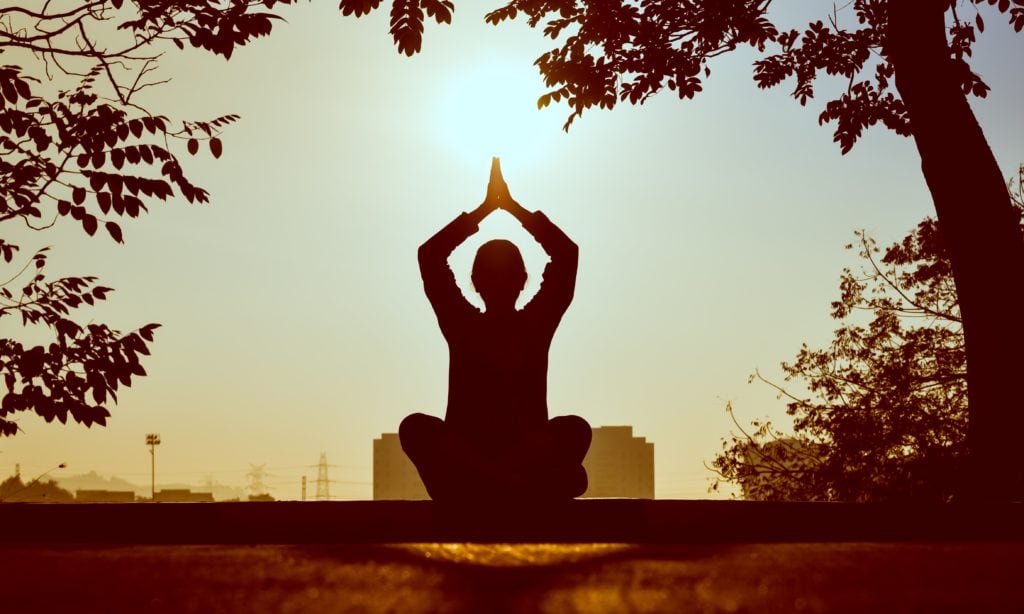
I roped you in with list-making, and now I’m telling you to let go of perfectionism AND the idea that a workout needs to be sweaty and high-intensity. Stick with me. I LOVE heart pumping workouts and the natural high after a good run. I found yoga most therapeutic and helpful when I changed my mindset. By focusing on it as an epic tool for injury prevention and recovery instead of a workout I finished yoga flows feeling a lot more satisfied (even if I wasn’t dripping in sweat).
I embraced that this was the one time during my day that I was actually listening and paying attention to how my body was feeling. I would be surprised to realize that my neck was crazy tight or that a foot massage at the end of the practice seemed to release a lot of stress that I didn’t even realize I was holding onto. It also helped me to identify asymmetries and weaknesses in my body and helped me to gently work towards strengthening and correcting those on and off the mat. I don’t mean this to say yoga isn’t a great workout – it can be! But shifting the focus helped me to realize that not every class I took needed to be 60+ minutes of hot power yoga.
4. Find the yoga environment that makes you happy
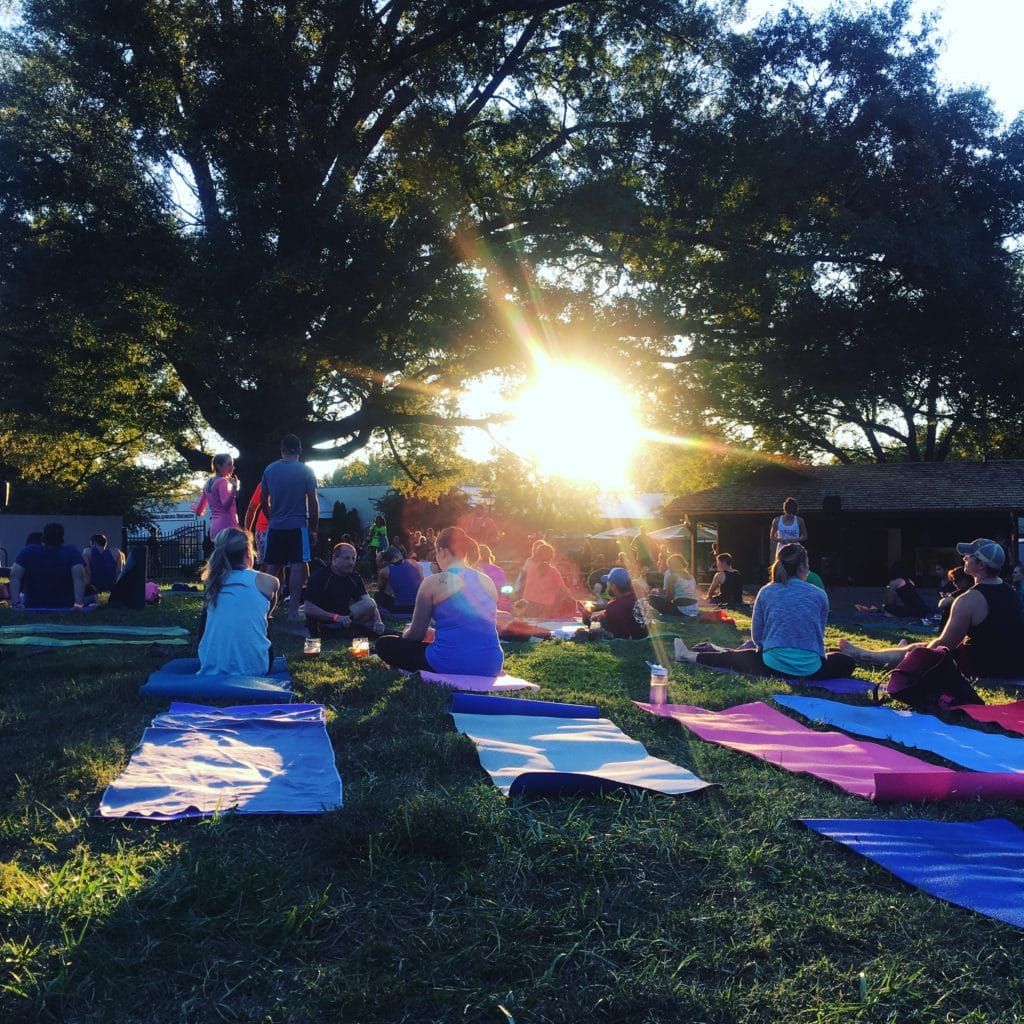
Yoga is everywhere these days. Experiment and find what environment you love. If you’re nervous about transitioning from YouTube videos to a public place, I highly recommend taking advantage of one of the many yoga classes offered at breweries. It’s the perfect laid back environment and always includes a wide variety of experience levels. The classes are typically only $5-10, AND even if you hate it you get a beer at the end.
For any locals, Work For Your Beer is an awesome resource that compiles all of the brewery fitness classes in the Charlotte area so that you can find a yoga class (or other fitness class) at a brewery near you.
If breweries or a home practice aren’t appealing, try out a bunch of yoga studios until you find a vibe and group of people you mesh with. Class Pass can be a great way to test out a variety of studios without spending a fortune. Many yoga studios also offer their first class free to give it a try.
5. Experiment until you find the yoga practice that’s right for you
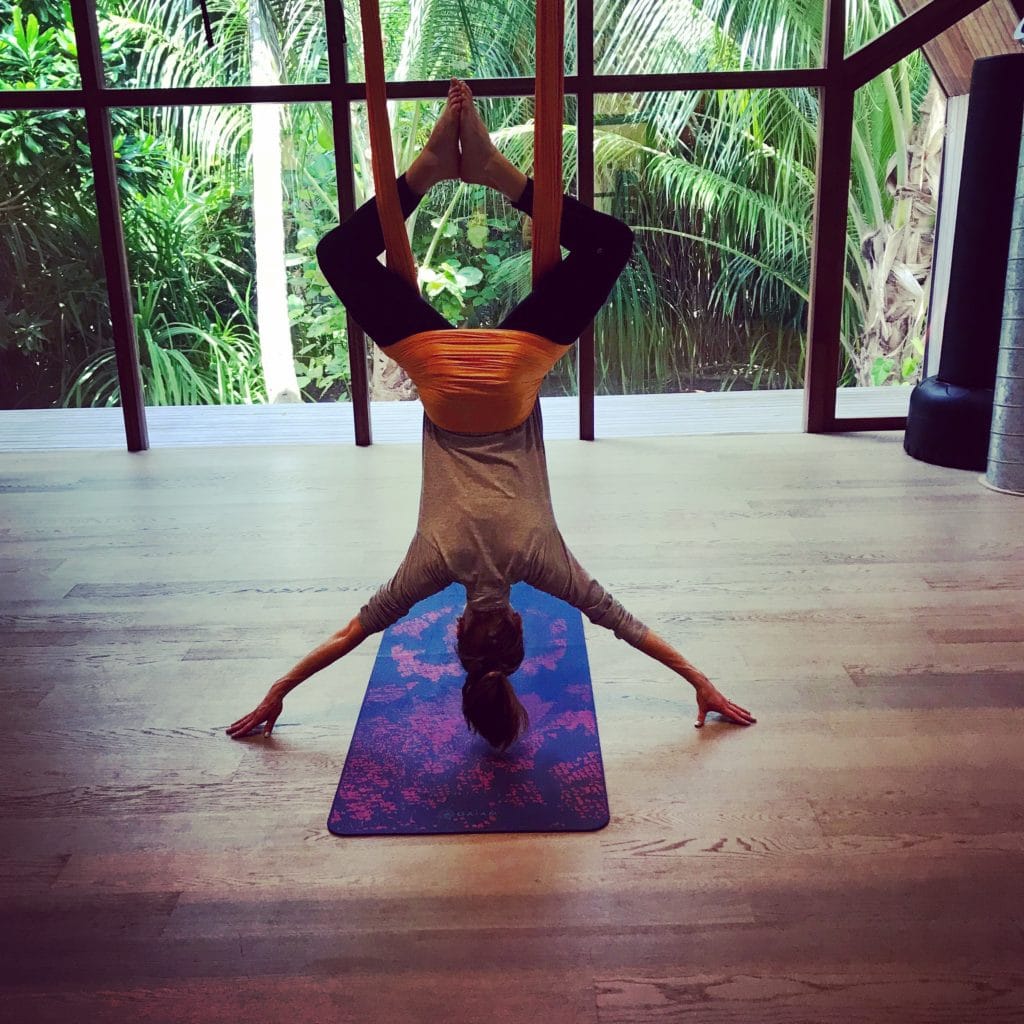
While you’re trying out different environments, try out different types of yoga, too! It may be that a hatha-style class is a little too boring, but a vinyasa class has enough of a flow to keep you entertained. I’m no yoga expert, but this article seems to be a nice summary of some of the basic styles.
6. Pay attention to how you feel after yoga
I use this approach with both the things that I choose to eat and my workouts. I love running, because I never regret deciding to go for a run and I always feel better after. I like eating foods that leave me feeling energized, satisfied, and comfortable after. By paying attention to how I feel after yoga – often a lot less stressed and a lot more centered – that helps to give me motivation to roll out my mat even when I’m not really feeling it. Pay attention to the subtle changes you feel after a yoga session.
7. Create a home yoga practice that feels like a treat
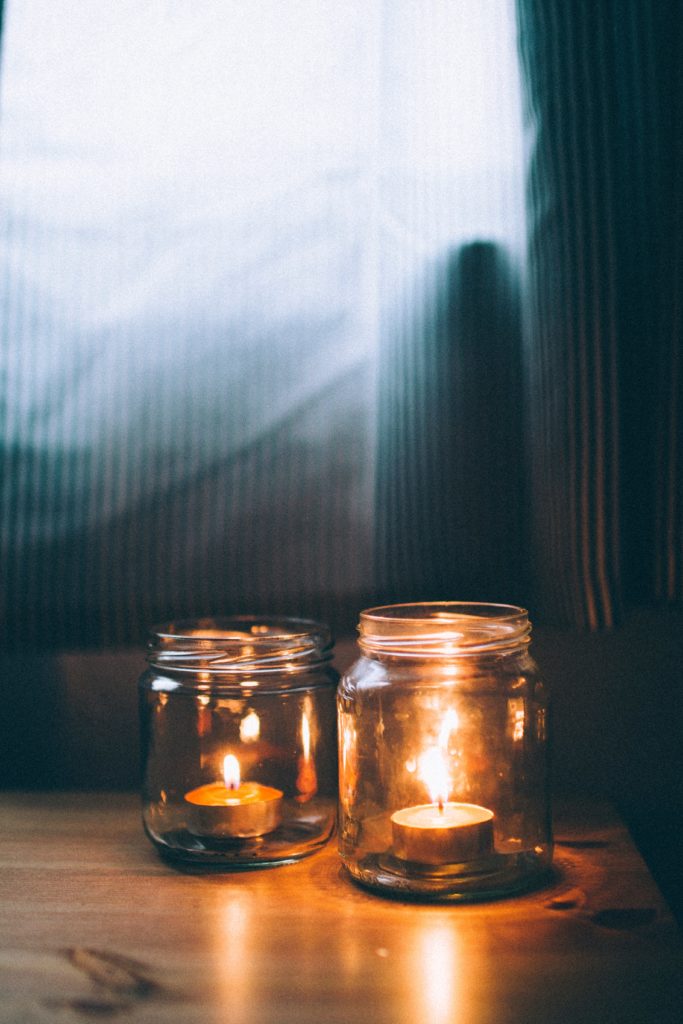
This can make a big difference! Even if it turns out that you love doing yoga at breweries or at a studio, sometimes it’s nice to roll out your mat in the comfort of your own home. For me, that’s often because I don’t have enough time to devote to a 60 or 75 minute yoga class or because the class doesn’t work into my schedule. Sometimes, I also just want to do my own thing.
When I practice at home, I like to make it feel like a treat. I practice in our bedroom because I’ve created that space to be as calming as possible. I love the natural light that comes in from our windows, the wedding pictures and special quote hanging above our bed, and the numerous framed pictures of places Matt and I have traveled. It’s tranquil and a place that surrounds me with positive memories. I like to turn on a lavender diffuser or my favorite candle and a great playlist*. During the winter, I’ll often turn on a space heater to warm up. All of these little touches take less than a couple of minutes to set up but make the yoga session feel like an epic moment of self care instead of an obligation.
If you’re a parent, maybe this means just closing the door for 5 minutes while you listen to music in shavasana. Or if you’re a workaholic maybe that means stepping away from your phone/computer/other obligations and lighting the new candle you haven’t even used while doing a 20 minute flow. Everyone needs a little more focus on self care and a little yoga flow can be the perfect opportunity to give that a try.
*If you’re looking for a great playlist, check out Jennifer Eddins’ playlists on Spotify. She is a Charlotte yoga instructor (and blogger) and constantly has new playlists for her classes.
8. Recognize that sometimes less is more
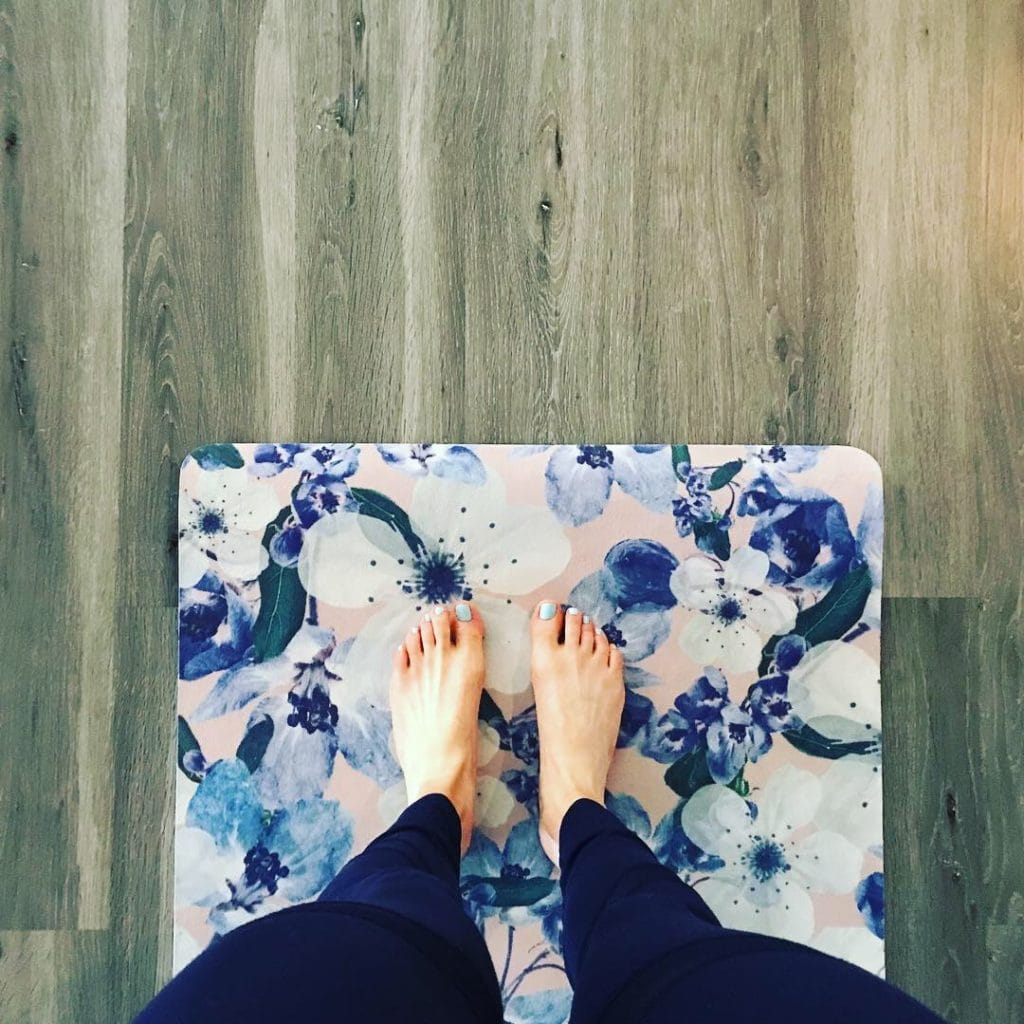
If you’re feeling a little overwhelmed with the idea of giving yoga a try, keep this less is more mentality in mind. I used to think that if it wasn’t 60 minutes of power yoga, it wasn’t worth doing. But carving out an hour for something I was already forcing myself to do on top of my other workouts and living my busy life was impractical. In reality, it meant it was one of the first things to go on my to-do list for the day.
When I set a goal to spend at least 10 minutes on my yoga mat each day, that was far more attainable. Even if I had a busy day, I could roll out my yoga mat while my dinner was cooking or right before going to bed. It helped me to unwind before going to sleep (beneficial for Type-A personalities) and still gave me a sense of accomplishment (satisfying for Type-A personalities). If you tell yourself you only have to do ten minutes, you might even end up doing more. And you might even eventually realize that you like it.
What has your experience been with yoga?
What is your workout style? Are you always looking to have a sweaty, high-intensity workout?


Leave a Reply